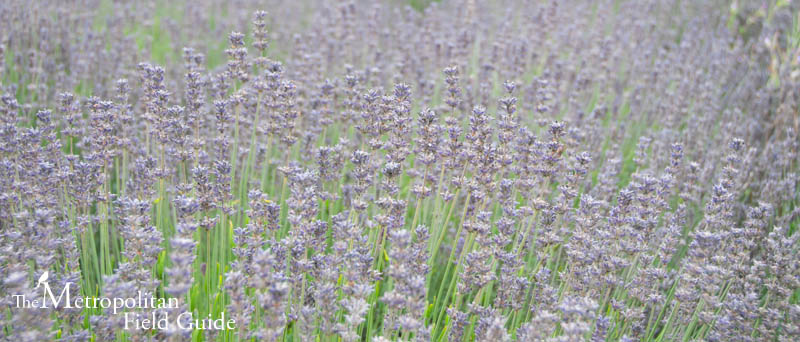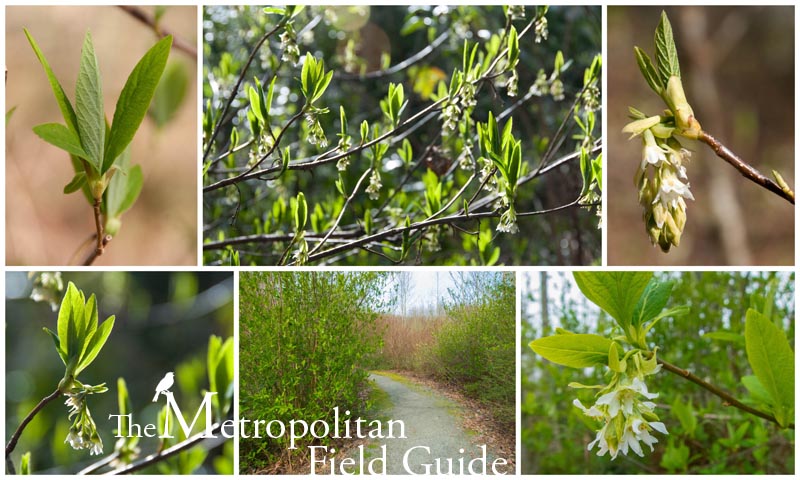Stinging Nettle (Urtica dioica) may be considered a painful weed by most, but it is a complicated plant with many hidden virtues ranging from a valuable wildlife plant to making beer. While most people are well aware of the evils of Stinging Nettle, not many are familiar with the good. The complexities of the Stinging Nettle start with its history. It’s a native to North America, but it’s also a native to Europe as well as northern Africa and parts of Asia. There are currently five recognized subspecies of Urtica dioica. A perennial, this plant grows all spring and summer long.
In most places it’s considered a weed because of it’s stinging hairs which inflict some amount of pain and tingling to unsuspecting bare skin. It also grows very vigorously in the proper conditions allowing it to spread via shallow rhizomes and create dense stands. It especially likes moist woods and openings in forests, but can be found also in disturbed areas, meadows and along streambanks. It is a good plant to use in disturbed landscapes and can often be found in disturbed places such as avalanche tracks, road sides, barnyards and middens. It is also tolerant of soils which contain heavy metals. Foresters note the plants presence as an indicator of high soil fertility.
It’s a tall growing plant with strong stems up to 6′ high which contain those infamous stinging hairs. The lance-shaped leaves grow oppositely and the undersides also contain small stinging hairs which function like hypodermic needles. The book Northwest Weeds describes how the hairs function: “The toxic material, a combination of acid and antigenic protein, is under pressure; when the “needle” penetrates the skin, the tip breaks and the juice is injected.” The stings can be painful, itchy and irritating, but they are rarely dangerous and only lasts a few minutes.
The flowers are wind pollinated and are small, clustered in catkins containing the male pollen, which happens to be a major player in hay fever. The female flowers grow apart from the male flowers higher up on the plant. The plants produce ample seeds (500-20,000 per shoot) which can be collected late in the fall, or you can divide the rhizomes in the spring or summer.
Stinging Nettle has a surprising amount of culinary use and can be cooked and eaten as greens. It can also be made into a soup, tea, cheese and even beer. You can collect and eat the very young shoots and once cooked anyway, the sting is no longer active. It’s a very healthy plant and is high in many vitamins including A, C, D E and also iron, calcium, copper, potassium and others. The Forest Service plant database states it’s very nutritious and “Stinging nettle hay contains 21 to 23 percent crude protein, 3 to 5 percent crude fats, 35 to 39 percent non-nitrogen extracts, 9 to 21 percent crude fiber, and 19 to 29 percent ash.”
You may be surprised to know that nettles have historically been used to make beer. In fact hops are a relatively new addition to brewing, there were many plants used prior to hops including bog myrtle, yarrow and of course, nettles. They were very popular in Britain in the 17th century, and they remain a popular countryside brew today. Want to try brewing your own? Try this recipe from The Guardian.
It also has a long history of medicinal use including relieving arthritis, nasal inflammation, urinary disorders, general aches and pains, and ironically hay fever and insect bites.
Aphids love nettles and will shelter in them. By planting nettles you can create an aphid trap and provide a food source for lady beetles and other wildlife species which prey on aphids. The nettles can also act as a sacrificial plant by luring the aphids away from your vegetable garden as well.
In the U.K., the Kew Gardens states the Stinging Nettle supports over 40 species of insects. Birds also eat the seeds in the fall and insects which are attracted to the plant. There are many species of butterflies and moths which use nettles as a host plant, some of which exclusively use nettle. Among North American species are the Red Admiral (Vanessa atalanta), which exclusively feeds on nettles as a larva, Question Mark (Polygonia interrogationis), Painted Lady (Vanessa cardui), Satyr Anglewing (Polygonia satyrus), Milbert’s Tortoiseshell (Nymphalis milberti) Eastern Comma (Polygonia comma) and Hypena californica. Many beneficial insects are also attracted to the Stinging Nettle including hoverflies, lacewings and parasitic wasps.
May 15-26 is National Be Nice To Nettles Week in the U.K., so now you know how beneficial nettles can be, join in the celebration!
I leave you with this 9th century poem:
But this little patch which lies facing east
In the small open courtyard before my door
Was full — of nettles! All over
My small piece of land they grew, their barbs
Tipped with a spear of tingling poison.
What should I do? So thick were the ranks
That grew from the tangle of roots below,
They were like the green hurdles a stableman skillfully
Weaves of pliant osiers when the horses hooves
Rot in the standing puddles and go soft as fungus.
So I put it off no longer. I set to with my mattock
And dug up the sluggish ground. From their embraces
I tore those nettles though they grew and grew again.
—From Hortulus by Walahfrid Strabo. Translated from the Latin by Raef Payne. The Hunt Botanical Library, 1966. via Grasping the Nettle.








